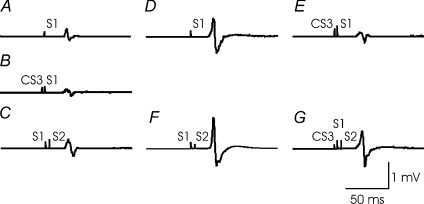Figure 3. Short interval intracortical facilitation in the presence of short interval intracortical inhibition in one representative subject (Experiment 2).
Changes in the third phase of short interval intracortical facilitation (SICF-3) in the presence of short interval intracortical inhibition (SICI) in one subject are shown. Each trace represents averaged MEPs of 10 trials. A, test stimulus (S1) alone, able to generate MEP of about 0.5 mV in amplitude (S10.5mV). B, SICI induced by a subthreshold conditioning stimulus (CS3) preceding the S1 by 3 ms. C, SICF-3 elicited by a threshold conditioning stimulus (S2) following S1 by 4.5 ms. D, S1 alone, but able to generate 0.5 mV MEP in the presence of CS3 (S10.5mVCS3). E, CS3– S10.5mVCS3 pulse combination, the test MEP amplitude in the presence of CS3 was matched to 0.5 mV, similar to A. F, S10.5mVCS3–S2 combination, SICF-3 with adjusted S1 intensity (S10.5mVCS3). G, effect of SICI on SICF-3. The stimulus conditions correspond to Table 2. C/A (MEP amplitude in C divided by that in A) represents SICF-3 alone. Similarly, F/D represents SICF-3 alone with adjusted S1 intensity (S10.5mVCS3). G/E indicates SICF-3 in the presence of SICI with same test MEP amplitude as C/A.

